After two years of pandemic cancellations, the seafood industry reconvenes to revisit a complex agenda
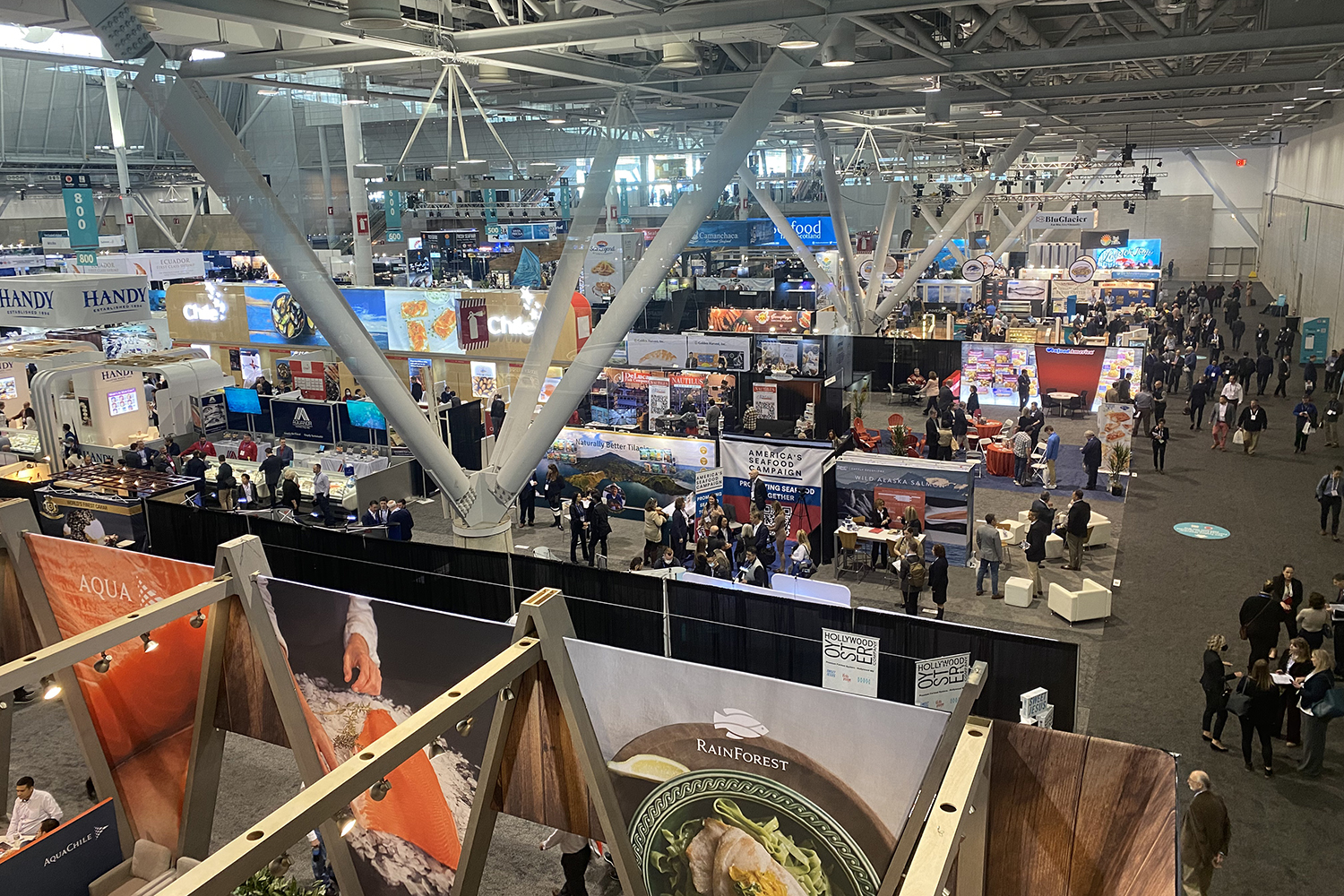
At the continent’s largest and longest-running international seafood event – the first Seafood Expo North America since 2019 – excitement, relief and the familiar smells of sauteed seafood samples were in the air once again.
With the last two iterations of this annual event canceled due to the coronavirus pandemic, a creatively arranged and less-crowded-than-usual Boston Convention and Exhibition Center show floor welcomed back thousands of seafood professionals eager to reacquaint themselves with one another and discuss a complex industry agenda.
Despite an undeniably upbeat feeling among attendees – many of whom were happy to simply gather in person after thousands of Zoom calls – the global events of the past two years have clearly left a mark on the show itself and dominated much of the conversation in the hallways and conference halls. Economic trends, government oversight, technological innovations, social license and smallholder improvement projects were among the long list of important discussion topics.
In this economy?
U.S. unemployment levels are at record lows and consumer spending remains strong, but global conflict and lingering trauma from the COVID-19 pandemic are creating an environment of insecurity and uncertainty. At the show’s open, keynote speaker Megan Green of Harvard Kennedy School gave a frank and somewhat frightening overview of global macroeconomic trends.
“We’ve never put our economy on deep freeze and then tried to thaw it out before,” she said.
The hot economic topic in the United States, she said, is inflation and how a confluence of global events – the pandemic, supply chain woes and Russia’s invasion of Ukraine – are complicating any efforts to mitigate it. The U.S. Bureau of Labor Statistics last week reported that the Consumer Price Index (CPI), a widely used measure of inflation, is up nearly 8 percent over the past 12 months. Green said inflation is not solely a U.S. problem and that the current “blip” could last a long time.
The biggest drivers of U.S. inflation are energy; meats, poultry, fish and eggs; new and used vehicles; and shelter. The seafood CPI is up 1.2 percent, with pockets of higher prices, she added. Energy and food prices are up significantly, nearly 7 percent and 8 percent, respectively. All of this is being felt by SENA attendees, many of whom had to completely revamp their product mix and sales channels over the past 24 months.
Green noted that a huge turnaround in consumer spending from generations past was a primary reason why a return to 1970s-era inflation is unlikely to happen. In the 1960s, two-thirds of what Americans spent was on consumer goods, with one-third on services, she said. That ratio has completely reversed in recent years. “Most of the inflation has been in goods – services is five-times the weight of goods in the inflation basket,” she said. “We’re in a much stronger position now.”
New normal for traceability
Former Global Seafood Alliance executive Gregory Brown was introduced as the first-ever executive director of the Global Dialogue on Seafood Traceability (GDST). This year, the organization will earn its “independence” and phase out the role of an NGO and become a more industry-dominated body, said David Schorr, senior manager of Transparent Seas at World Wildlife Fund.
One GDST user, Spain-based Iberostar Hotels & Resorts, uses the organization’s tools to standardize data collection globally for its restaurants, which serve 3,721 metric tons of seafood annually, comprising some 200 species. Adriana Sanchez, responsible seafood strategy director for the hotel’s Wave of Change policy, said GDST tools help link them to traceability providers, find cost-effective solutions, address language barriers and provide training.
Michael McNicholas, founder and CEO of Culinary Collaborations LLC said that embracing traceability is scary for some in this “highly complex” industry. “There’s a layer of producers, a layer of consumers and a complex layer of middlemen,” he said.
At the event, GDST announced the launch of the first technical update to its standards. Details about Version 1.1 can be found here.
It’s a complicated challenge, not something that NOAA can do alone.
New leaders, same issues
A panel of U.S. government agency leaders convened on Sunday in the main conference hall and introduced themselves to the audience – and to each other, as several team members at the National Oceanic and Atmospheric Administration (NOAA) were meeting face-to-face for the first time, noted Janet Coit, assistant administrator for NOAA fisheries.
Dr. Richard Spinrad, undersecretary of Commerce for Oceans and the new NOAA Administrator, made a quick cameo in which he laid out the four major challenges facing the nation’s ocean agencies: climate change, infrastructure, habitat preservation and illegal, unregulated and unreported (IUU) fishing.
Paul Doremus, deputy assistant administrator for operations at NOAA Fisheries and a longstanding advocate for responsible aquaculture development, talked about new leadership in Washington and what the agencies are doing to grow opportunities that balance economic interests with sustainability.
“The United States has a diverse aquaculture industry, but one that’s much smaller than that which would benefit our economy,” he said, adding that NOAA Fisheries is “stepping out” for aquaculture opportunities in U.S. waters and to improve the policy environment to support the sector.
Addressing IUU, he said, will involve a multi-agency approach. “It’s a complicated challenge, not something that NOAA can do alone,” he said.
Meanwhile, Danielle Blacklock, the new director of NOAA’s Office of Aquaculture, talked about efforts to create “opportunity atlases” for aquaculture development in U.S. waters. The agency has already created two: one for the Gulf of Mexico and another for Southern California.
The next stage for any opportunity area moving forward is an economic impact statement, which is a deeper dive involving more public input and would be tied to national policy. Areas must be “appropriate ecologically,” Blacklock said, meaning they are away from important habitats, away from endangered species and not in traditional fishing grounds or shipping lines. They must also be “economically appropriate,” meaning they are not too far offshore and preferably close to processing facilities.
The future of seafood is in aquaculture, that’s already been decided.
Oceans on land
Innovation is fundamental for the future of the seafood supply chain, said Sylvia Wulf, president and CEO of AquaBounty, an aquaculture company producing genetically engineered salmon with operations (and government approval) in both the United States and Canada. Wulf urged her colleagues to “lead with a sense of urgency” to meet the challenges of feeding people and addressing climate change.
“Protein is at the heart of the global food security issue,” she said.
Dr. Yonathan Zohar, professor and chair of the Department of Marine Biotechnology at the University of Maryland Baltimore County, said that aquaculture “must become the more dominant segment of our seafood production.” He saw much of its future growth happening on land.
“Aquaculture needs to enhance production and become a much more efficient, cost-effective and environmentally compatible industry,” he said, adding that recirculating aquaculture systems (RAS) technology has matured and because producers can more effectively control their animals’ environments than in ocean-based net pens. “The success of [RAS] is about the microbes that live in symbiosis with the fish and remove the waste products,” he said.
Joe Lasprogata, VP of new product development at Philadelphia-based seafood supplier Samuels & Sons, said farmed seafood accounts for 65 percent of his company’s sales.
“The future of seafood is in aquaculture, that’s already been decided. That’s not a question. But how we do it is,” he said, throwing in his support for RAS in part because it cuts down on the distance from producer to market. “This gives confidence to buyers at large retail chains,” he added.
It’s not a farm – it’s a 24-7 life-support system that cannot fail.
A patient approach
Digging deeper into RAS technology, a panel of industry leaders discussed the challenges in front of growing the industry in the United States. Representatives from two companies planning new facilities in Maine – Nordic Aquafarms and The Kingfish Company – discussed what for them has become a long and sometimes difficult process of gaining approval from the state and from nearby communities.
Erik Heim of Nordic Aquafarms said the permitting process can take three to four years and lamented a low level of aquaculture knowledge in the country as opposed to Norway and a complex situation regarding social license. “There’s intertwined networks of special interests, who see this as a fundraising opportunity, and there are some people just don’t want a big facility [near them].”
If any company is willing to take criticism head-on, AquaBounty is it. Wulf said oppositions from local stakeholders are often emotional, not logical, and your path to overcoming resistance depends on your response. “For some in the vocal minority, facts will never persuade them. But most want jobs and infrastructure. Help them understand that’s what you’re all about.”
In a land of lakes, a rally cry for recirculating aquaculture
Ohad Maiman, CEO of The Kingfish Company, said a new Dutch yellowtail RAS facility is nearing a critical stage in Jonesport, Maine. The land purchase has been finalized and they have been cleared to “start groundworks.” Maiman said his company had to be flexible and quick thinking in overcoming issues about water exchanges but noted that interactions with state regulatory bodies have been “impressively professional.”
“We work as part of a community. We cannot succeed if we are not part of the community. The difficult part for me – I respect local concerns – but it’s dealing with nonfactual objections,” he said. “Anyone looking for a quick buck should not go into RAS. It’s not a farm – it’s a 24-7 life-support system that cannot fail.”
Joe Cardenas, founder of Aquaco, a Florida pompano farm in Fort Pierce, Fla., admitted he was a small fish in a growing pond of RAS producers but that he’s got the backing of his community, noting that aquaculture is one of the five pillars of growth for St. Lucie County in Florida. But the time to prove RAS, financially, is upon us, he said: “As an industry, we have to show profit. We can’t be the WeWork of seafood.”
It’s a fragmented and complex landscape. Traceability and credibility are key.
Getting better all the time
Global Seafood Alliance President George Chamberlain connected Bangladeshi shrimp industry leaders with a handful of seafood supply chain leaders, retail buyers and traceability experts at a private meeting. Chamberlain, a longtime shrimp industry expert with connections all over the globe, used the event to spearhead what he hopes will evolve into an Aquaculture Improvement Project (AIP) in the country.
Bangladesh is one of the few places still predominantly producing black tiger shrimp (Penaeus monodon) – the world’s largest Penaid shrimp species and one of the fastest-growing. More than a decade ago, much of the shrimp-producing world switched to Pacific white shrimp (Litopenaeus vannamei) for its disease-resistant traits – L. vannamei has an 82 percent share of the global market in terms of shrimp production – but Chamberlain sees a huge opportunity to market black tigers as a premium product. Large black tigers of 25 grams or larger could gain a strong market position.
Another differentiator could be the nature of extensive aquaculture production, which much of the country practices. This involves low stocking densities and the shrimp feeding themselves with whatever nutrients the family-operated ponds provide. Members of several prominent shrimp organizations and researchers were on hand to discuss collaborative opportunities.
Chamberlain noted that the top two certification schemes for shrimp – Best Aquaculture Practices (BAP) and the Aquaculture Stewardship Council (ASC) – have only certified an estimated 5 percent of global shrimp production, and in many cases have certified the same farms. The end goals of the AIP would be to bring more Bangladeshi shrimp producers closer to certification, see more of them employing best practices and end a “cycle of poverty” in which processors take the lion’s share of the profits.
The Bangladeshi AIP, which would be led by The Center for Responsible Seafood, a nonprofit organization that Chamberlain chairs, will soon develop environmental, social, food safety and animal welfare metrics that are time-bound to BAP certification.
In another conference session, ASC representatives discussed an extensive AIP in Indonesia. Roy van Daatselaar, global lead of the group’s improver program, gave an overview of the rules and oversight process, the tools and guidance structure it provides and requirements for implementers and verifiers. “It’s a fragmented and complex landscape. Traceability and credibility are key,” he said. An AIP is all about “building confidence that certification is not that far away.”
AIPs are in some ways following the model of Fishery Improvement Projects, or FIPs, which have opened up sales opportunities for products from fisheries that have not yet earned certification. A time-bound and well-managed FIP can allow a seafood buyer with a seafood-sourcing policy that supports certification to support a fishery that isn’t quite ready for it yet but is on the path. “Contrary to the fishery space, with an agreed-upon model, in aquaculture there hasn’t been a consistent approach to doing this.”
It’s the fourth industrial revolution.
Artificial is real
Artificial Intelligence, or AI, is already taking hold in seafood, particularly with aquaculture producers that are embracing video monitoring with machine learning capabilities. This technology can help farmers control feed costs and even fight infectious diseases.
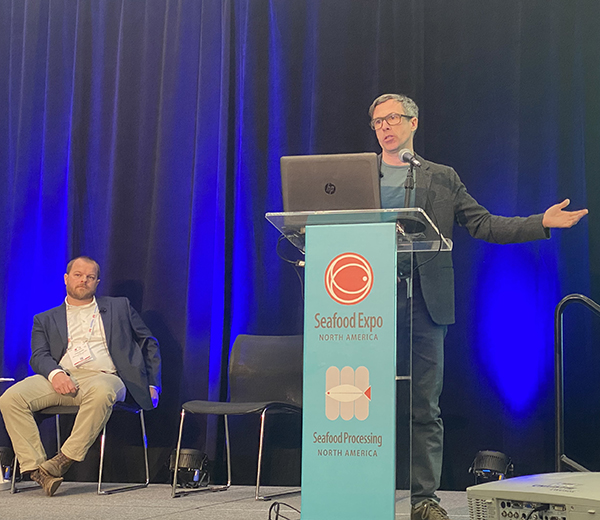
AI is also making impacts on wild fisheries, said Eric Enno Tamm, CEO of This Fish in Vancouver, B.C. This Fish sells software to the seafood processing sector to help the middle of the supply chain improve efficiency, process control and traceability.
“AI is everywhere,” he said. “It’s Alexa. It’s image recognition on your phone. It’s the fourth industrial revolution.”
AI, which Enno Tamm said is basically training computers to think like humans, feeds on data. Quality data is preferred. “You need data to run AI. It’s becoming enormously more powerful. In 2015, machines started beating humans at image recognition.”
Mark Hager, CEO of New England Marine Monitoring, discussed how AI-enhanced cameras are assisting with the fishery observation process. The cameras can observe a fisherman’s on-deck sorting process, for instance, and quickly identify fish species and size and help give regulators a clearer picture of the fleet’s performance in regards to compliance. The process also helps the NEMM team review some 500,000 hours of video footage by flagging certain types of activity on the vessels. This saved the company 45 percent in man-hours, Hager said.
“It’s an AI revolution,” said Enno Tamm, noting that 49 percent of aquaculture software companies were launched in the last five years, with the average age of AI solutions providers being just 7.6 years old. “Every year the amount of digital data doubles.”
Follow the Advocate on Twitter @GSA_Advocate
Now that you've reached the end of the article ...
… please consider supporting GSA’s mission to advance responsible seafood practices through education, advocacy and third-party assurances. The Advocate aims to document the evolution of responsible seafood practices and share the expansive knowledge of our vast network of contributors.
By becoming a Global Seafood Alliance member, you’re ensuring that all of the pre-competitive work we do through member benefits, resources and events can continue. Individual membership costs just $50 a year.
Not a GSA member? Join us.
Author
-
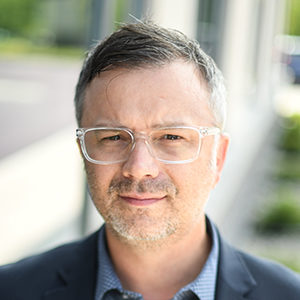
James Wright
Editorial Manager
Global Seafood Alliance
Portsmouth, NH, USA
Tagged With
Related Posts
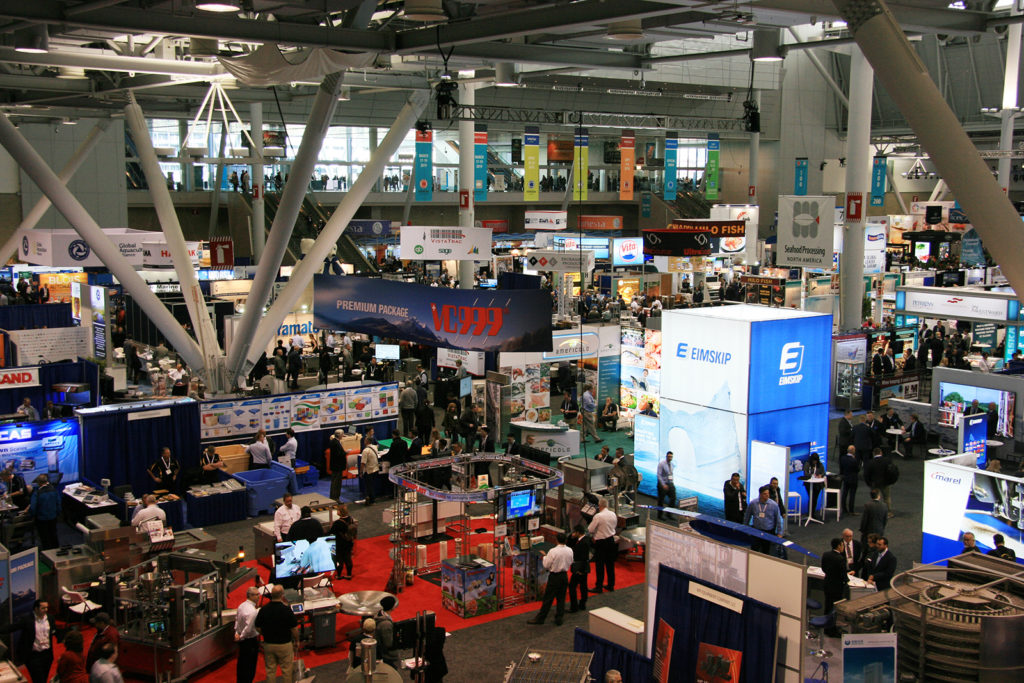
Intelligence
Canned mahimahi and more bits from Boston
Global Aquaculture Advocate Editor James Wright is covering Seafood Expo North America in Boston, Mass., USA. Check back periodically for updates.
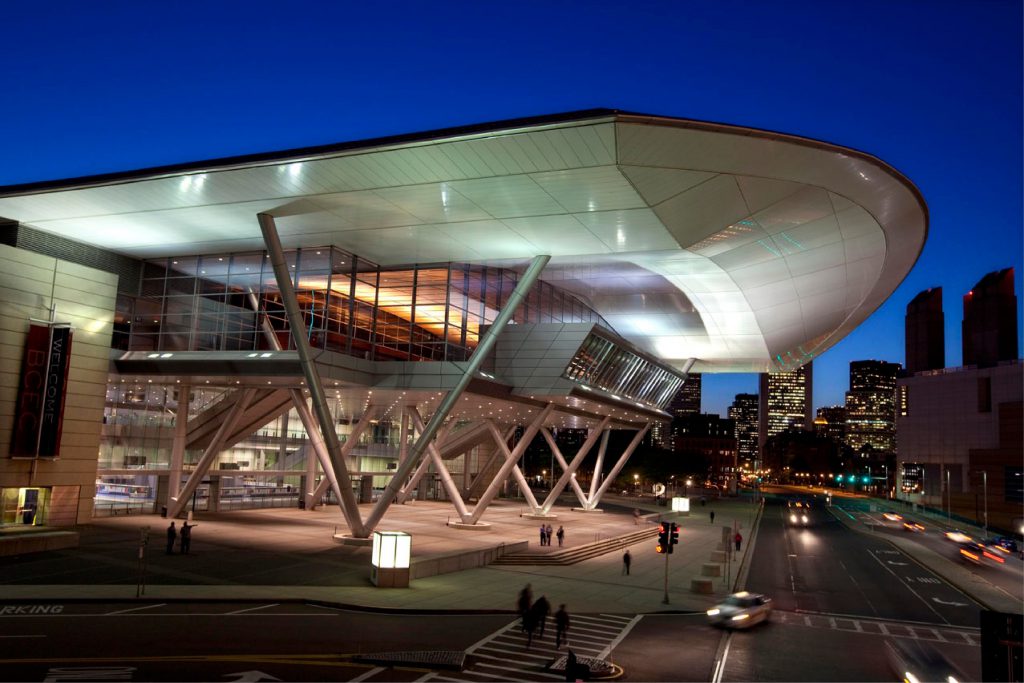
Intelligence
Bloggin’ up to Boston: Quick hits from Seafood Expo North America
News and notes from Seafood Expo North America in Boston, Mass., USA, 19-21 March, 2017. Posts by James Wright, Editorial Manager of the Global Aquaculture Alliance.
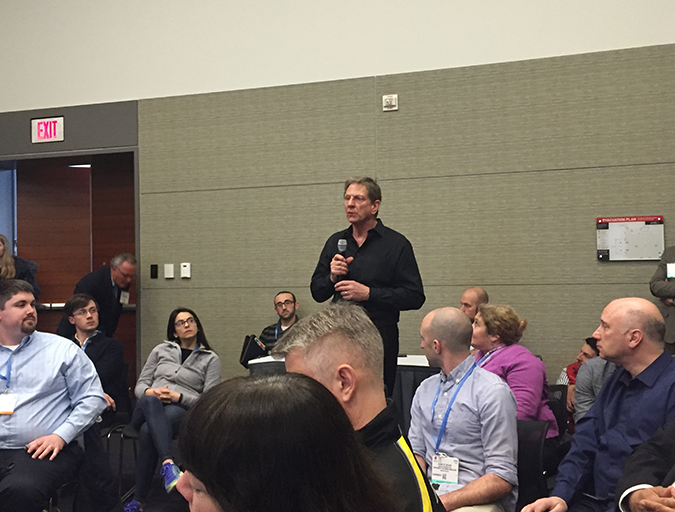
Intelligence
Boston brainstorm: Getting consumers to embrace aquaculture
In a discussion format somewhat unique to the bustling halls of Seafood Expo North America, aquaculture backers lamented the lackluster U.S. consumer acceptance for farmed fish.
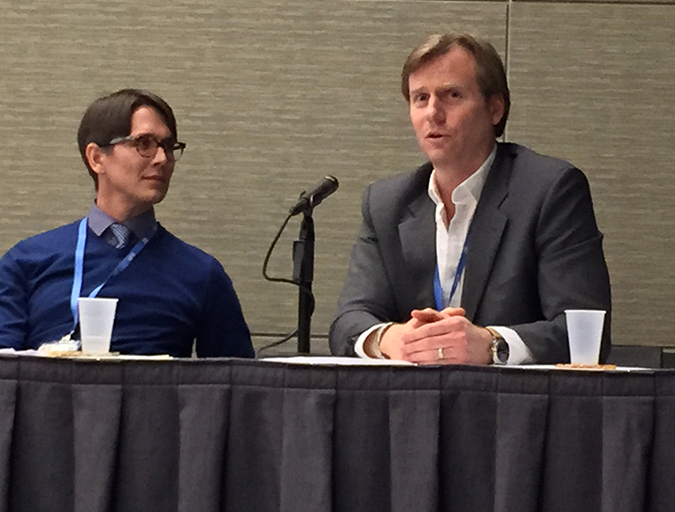
Responsibility
Is purpose the new branding ideal for seafood?
What is the real meaning of corporate social responsibility? How can seafood harness and leverage its virtues? Speakers at Seafood Expo North America concluded that purpose is key to prosperity for an industry that’s central to environmental and human health.


